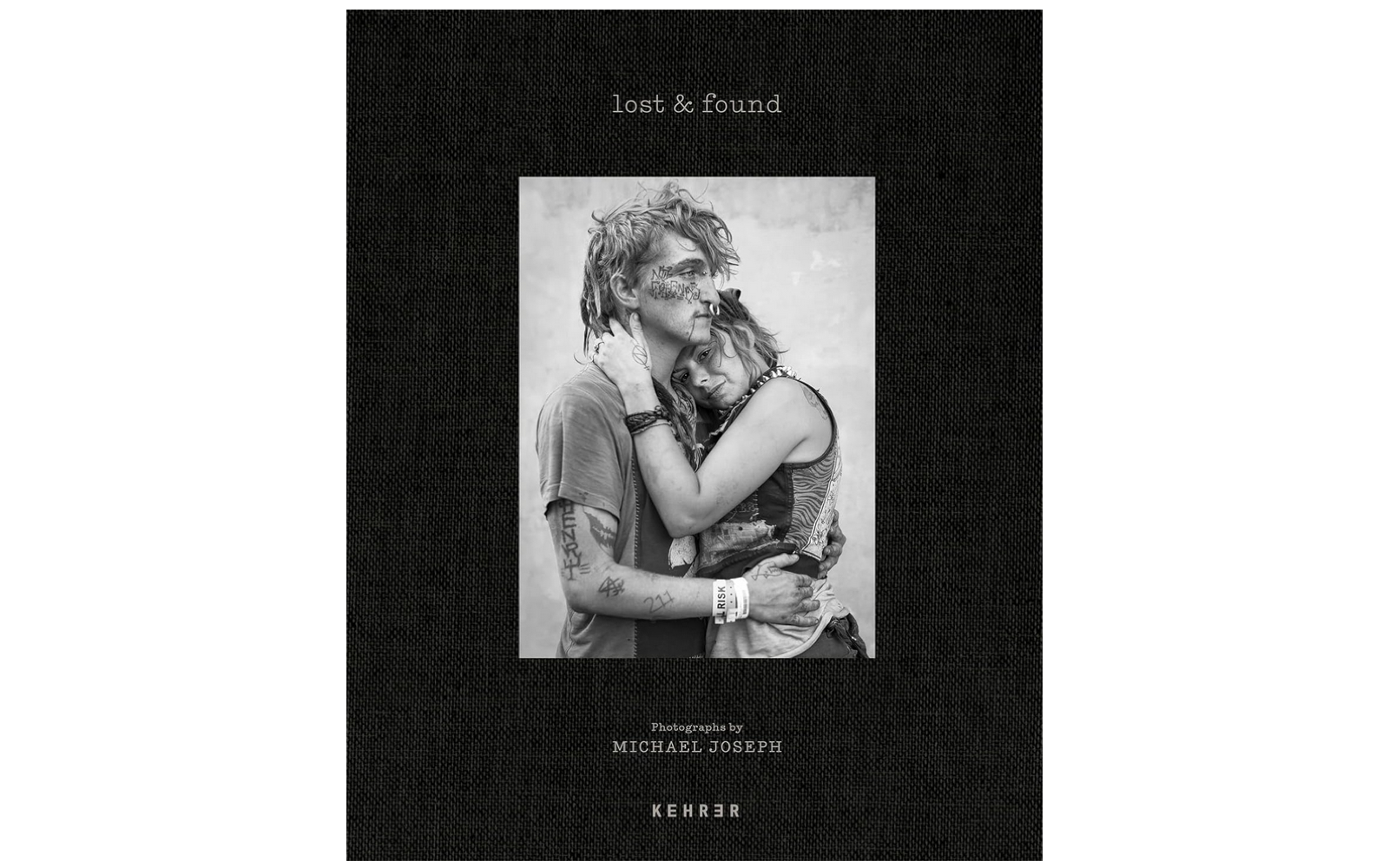For centuries the mythic landscape of the American frontier has captured the imagination of radicals, rebels, and free spirits drawn to the edge, casting their fortune against the elements. Seasoned with the blend of rugged individualism and American exceptionalism, the runaway is recast as the anti-hero of our times, blazing a path where few dare to tread. From Huck Finn to Jack Kerouac, the open road has stood as a promise and a beacon of hope to those willing to risk it all for the promise of freedom.
Every generation the figure of the Traveler is recast to fit the times, leaving in its wake a wealth of signs and symbols of its nomadic lifestyle. From the 1930s Dustbowl hobos who ruled movies, television, and comic books to 1960s Haight-Asbury hippies who elevated sex, drugs and rock & roll to the pantheon of art, Travelers are inextricably woven into the fringe. Driven by the siren song of action, adventure, and independence from their present circumstance, these young Travelers hit the road in pursuit of destiny, hopping freight trains and hitchhiking across the country rather than live under the yoke of capitalism.

Travelers move through hubs around the nation among their own, creating a transient society that is off the grid by design. But as fate would have it, a chance encounter in Los Angeles back in October 2011 set forth an unlikely journey for photographer Michael Joseph. Joseph had been sitting in a cab, looking out the window when he spotted a Traveler named Knuckles sitting on the side of the highway. He was sunburned, browbeaten, and down on his luck after his original plan to freight hop got waylaid after a hopper got struck by a train and blew up the yard.
Knuckles then took to highway to hitchhike, striking out for two days until Joseph arrived by chance. Knowing he had to take this chance, Joseph hopping out of the taxi, struck up a conversation, and proposed an offer that would change both their lives forever more. Joseph gladly gave him money for beer and a bus ticket in exchange for the opportunity to take a few photographs. Then the two went their separate ways.

Joseph didn’t know Knuckles was a Traveler; he didn’t know anything at all. He had no name, no contact information, just a few photographs that only served to pique a relentless curiosity. For years he searched until fate brought them together again at New York’s Union Square train station. Knuckles saw in Joseph a compatriot, someone who could be trusted with information about a secret world that relies on being invisible.
Through Knuckles, Joseph began meeting Travelers and photographing them on the street, transforming non-descript locales into a plein air studio and carefully preserving their identities and stories for over a decade. With the publication of Lost & Found (Kehrer Verlag), Joseph pairs his photographs of Travelers with their stories and insights to create a layered portrait of their lives, honoring them with a dignity rarely bestowed in public life. Instantly identifiable by their unwashed and unkempt look, Travelers gladly sport a wealth of face tattoos, most notably “ACAB” and “1312” to signify their stand against the armed forces of fascism that preys on marginalized populations.

“They have to deal with the police all the time, but they’re trying to be more free and like a hippie way,” Joseph says. “There is a high that comes with traveling itself. The fantasy is this sensation of being fully free and having no responsibility whatsoever is what I think a lot of Americans crave. To recreate your identity, you have to leave your old self behind, but of course your problems follow you. For the kids, that sense of freedom is needed to get out of a situation where they are. They don’t have any money and they have to survive on their own. It’s very courageous to be in a certain situation and say, I need to get out of here, because it’s rough out there.”
Joseph understands that freedom is not free: it comes at a high cost of leaving everything behind and braving the elements. “The relationships that are forged that are really strong because they are battling being hungry, wet, and cold,” he says. “There’s, there’s a very dark side to it, but there’s also a very light, beautiful side to it and that’s one of the reasons I stripped the environment. I’ve been in the squat houses; there drugs, there’s alcohol addiction, and as soon as you see some of the environment, you start to make judgments. But you can also have beautiful pictures of that same person on the side of a train with this gorgeous light coming through that gives a sense of freedom and empty time.”





You can follow Miss Rosen on Twitter


